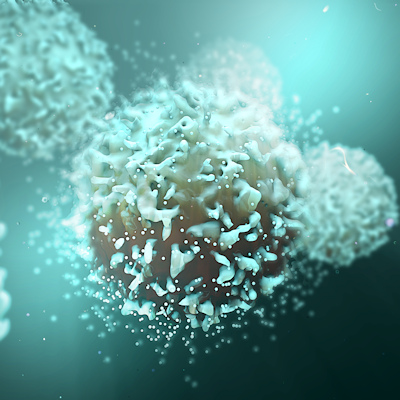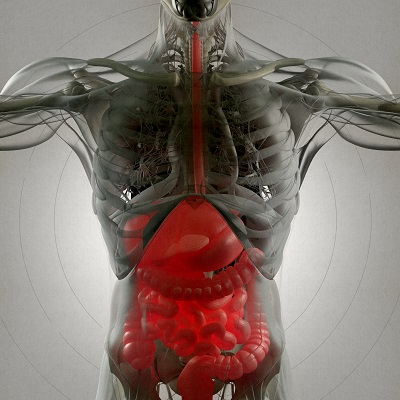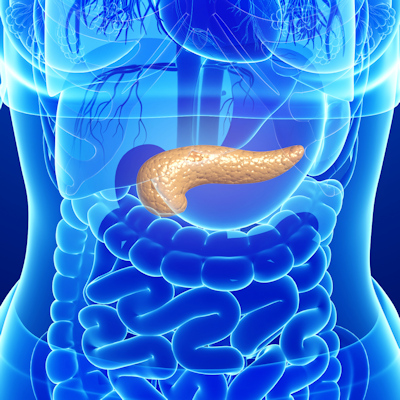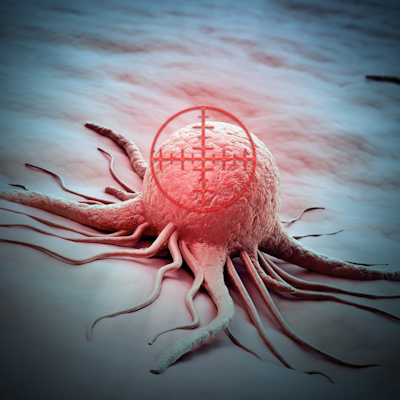March 17, 2023 -- A nanoparticle loaded with HER2-targeting antibody fragments and cytotoxic payloads performs a “hit and run” attack on gastric cancers in mice, eradicating the tumors while being safely cleared from the body via the kidneys to minimize toxicity.
The drug candidate, details of which were reported in Advanced Therapeutics, is based on the C' dots developed by researchers at Cornell University. C' dots are silicon nanoparticles that, at 5 nanometers in size, are small enough that they penetrate tumors and are completely cleared through the renal system. In 2018, researchers at Cornell worked with collaborators at Memorial Sloan Kettering Cancer Center (MSKCC) and AstraZeneca to pair C' dots with antibody fragments to image tumors.
For the latest project, the collaborators used a similar approach to develop a targeted therapy. The drug candidate, like its imaging predecessor, features anti-HER2 single chain variable fragments conjugated to C' dots. To convert the structure into a therapy, the researchers added topoisomerase inhibitors, a class of molecule used in the antibody-drug conjugates Enhertu and Trodelvy, to make the therapy cytotoxic.
The collaborators studied three doses of the therapy in a mouse model of gastric cancer, linking their candidate to significant improvements in tumor regression compared to the nontargeted control drug. In the mice that received the targeted therapy, tumors were eradicated and were yet to return 200 days later.
By using antibody fragments, rather than full molecules, for targeting, the researchers kept the size of the therapy below 8 nanometers. The small size is needed to retain the bulk renal clearance properties of C' dots.
In a statement, Ulrich Wiesner, a professor in the department of materials science and engineering at Cornell Engineering, described how maintaining the small size of the nanoparticles while adding targeting and cytotoxic components enabled a "hit and run" attack on the tumors.
"We describe the mode of action as 'hit and run' because the C' dots either target the tumor microenvironment and kill the tumor cells or get safely cleared out of the body via renal clearance as a result of their small size, thereby minimizing off-target accumulation and associated side effects and toxicity," Wiesner said.
Wiesner and Michelle Bradbury, MSKCC director of intraoperative imaging and professor of radiology at Weill Cornell Medicine, formed a startup, Elucida Oncology to commercialize the C' dot technology. The current clinical candidates in development at Elucida lack antibody fragment targeting mechanisms but the research will support work to build new conjugates.
Copyright © 2023 scienceboard.net











